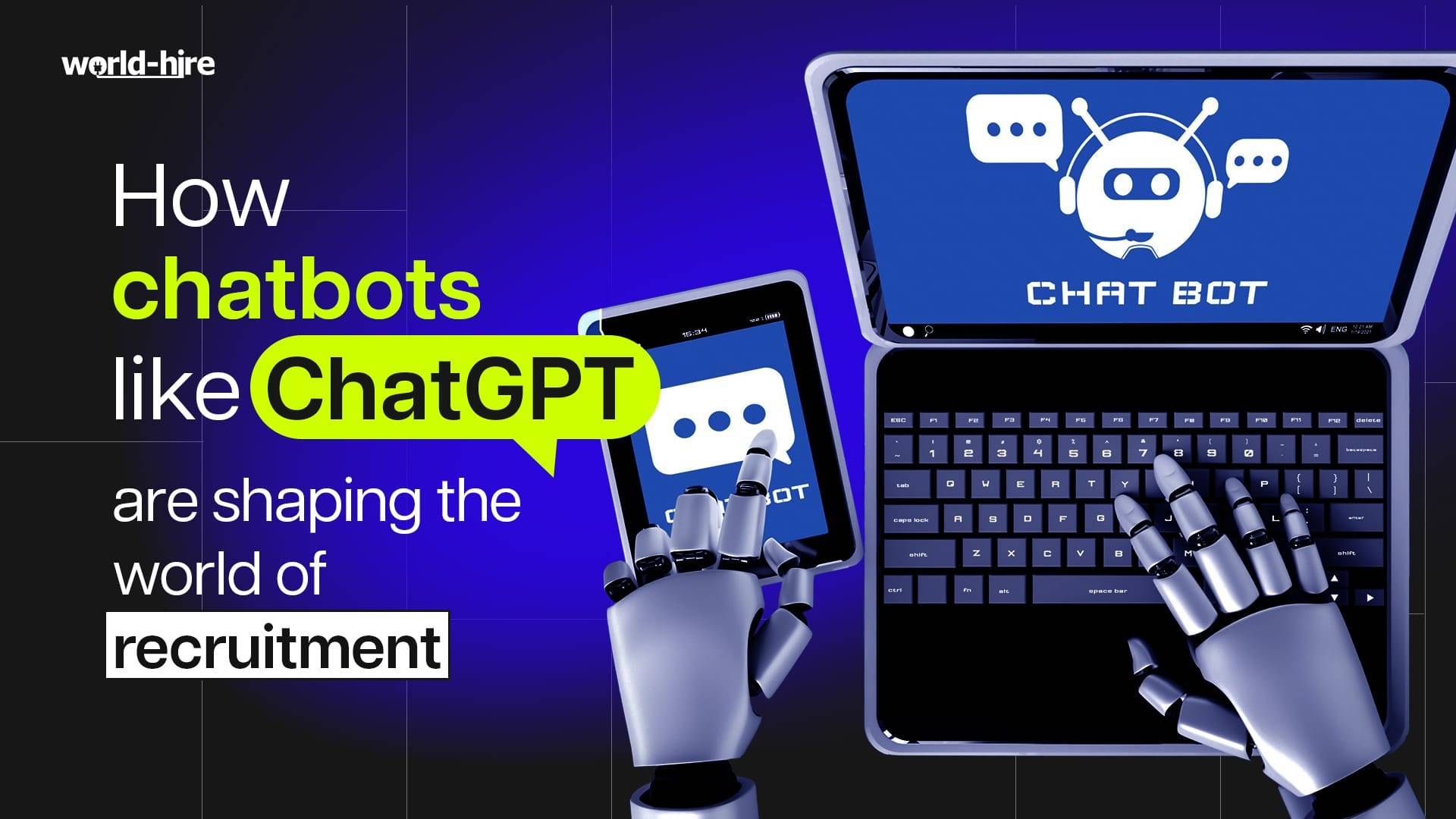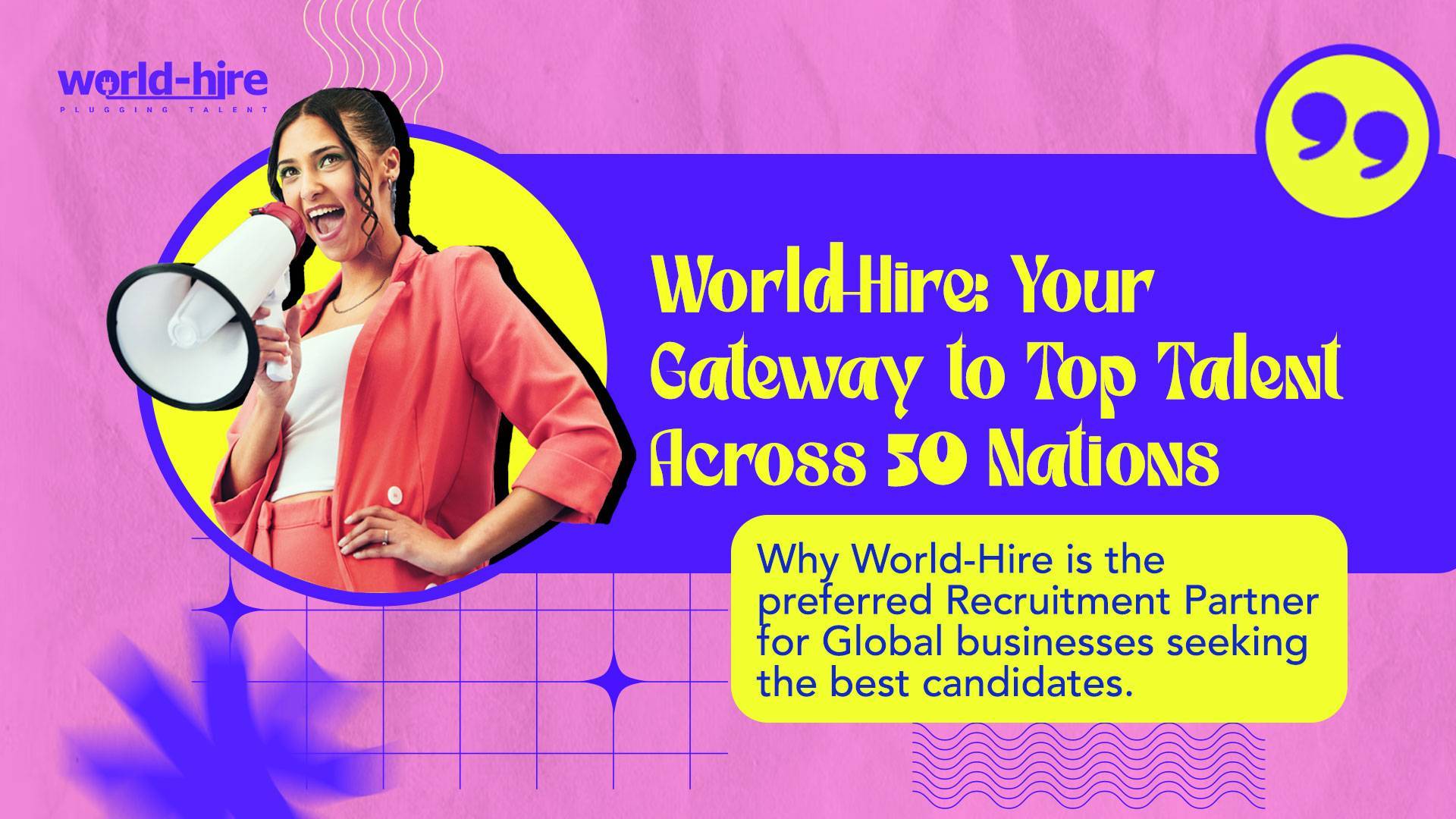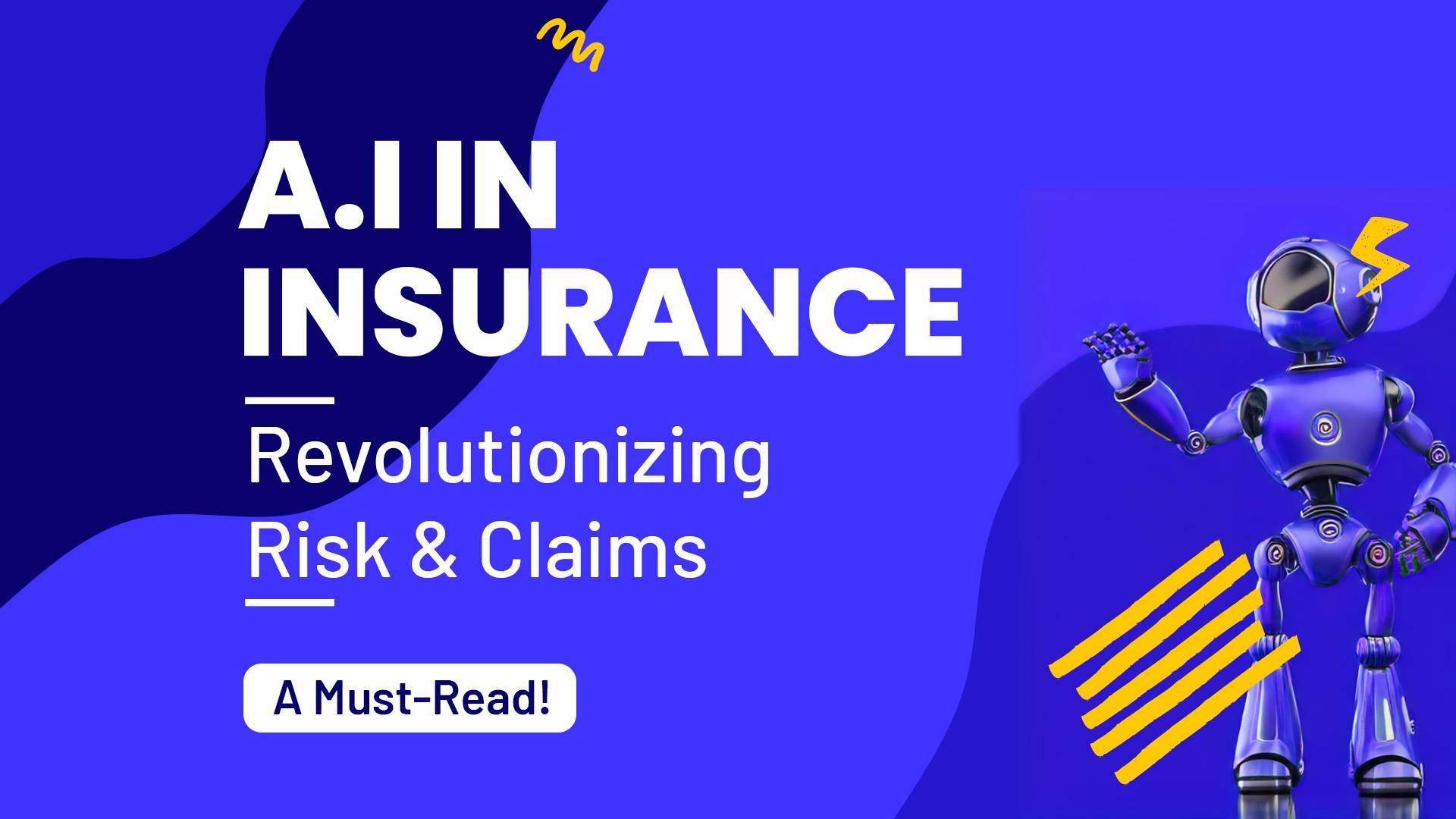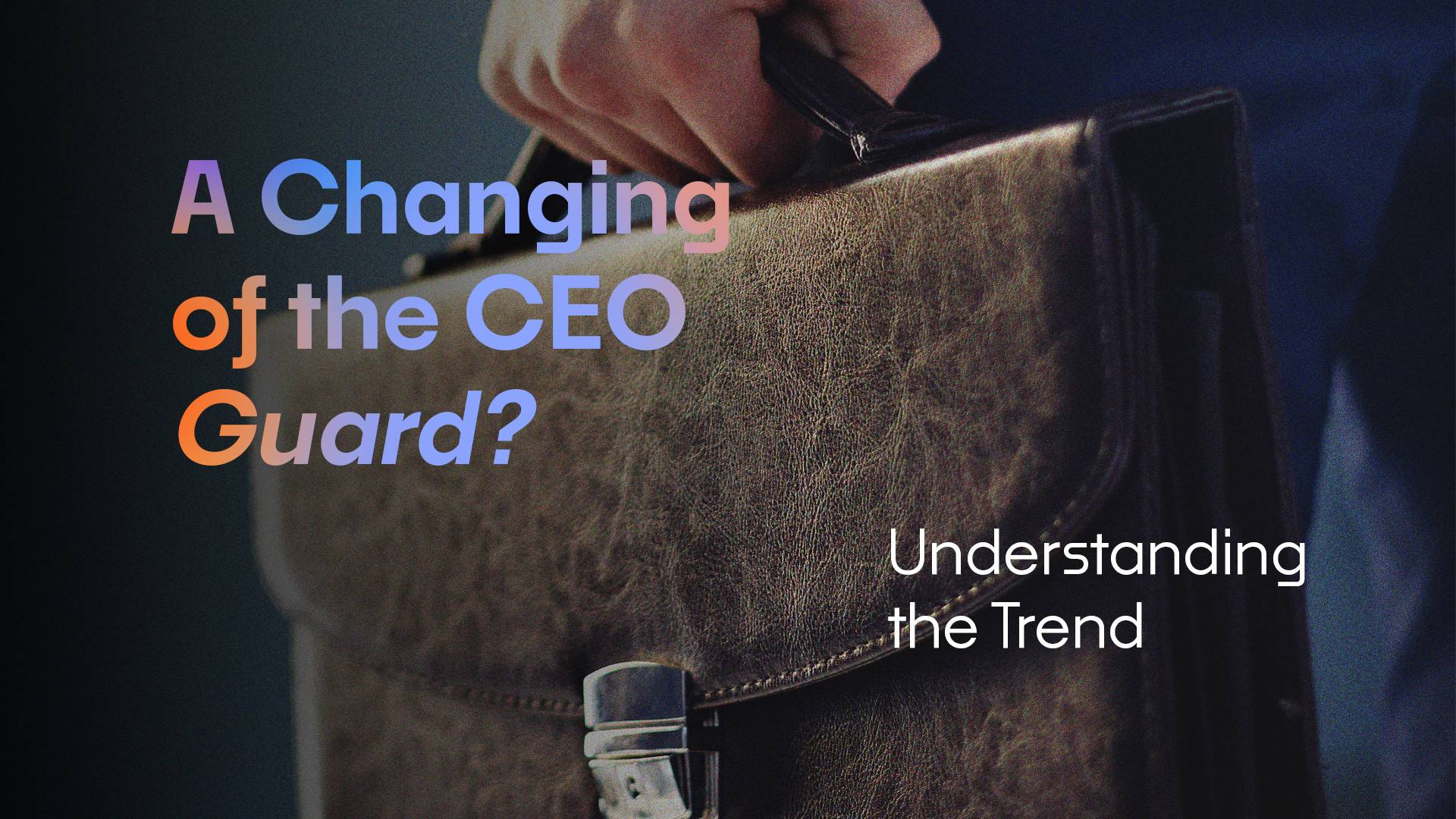Chatbots like ChatGPT have revolutionized the recruitment process by making it faster, more efficient, and more convenient for both job seekers and recruiters.
ChatGPT is an AI-powered chatbot that can communicate with candidates in natural language, allowing them to apply for jobs, complete assessments, and schedule interviews without any human intervention.
By eliminating the need for human involvement in the early stages of the recruitment process, ChatGPT can save recruiters a significant amount of time and resources.
One of the biggest advantages of ChatGPT is its ability to reach a wider pool of candidates. With traditional recruitment methods, recruiters may only receive applications from a limited number of candidates. However, with ChatGPT, candidates can apply for jobs at any time of the day, from anywhere in the world.
This means that recruiters can access a larger pool of talent, increasing the chances of finding the perfect candidate for the job.
Another benefit of ChatGPT is its ability to provide a personalized experience for candidates. Chatbots can use natural language processing to understand and respond to candidates’ questions, providing them with a more engaging and interactive experience.
This can help to build a positive employer brand, making it more likely that candidates will accept job offers.
Finally, ChatGPT can help to reduce unconscious bias in the recruitment process. Traditional recruitment methods can be influenced by unconscious bias, leading to the exclusion of certain groups of candidates.
Chatbots like ChatGPT can remove this bias by focusing solely on the candidate’s skills and qualifications, rather than their gender, ethnicity, or other personal characteristics.
In conclusion, ChatGPT is transforming the recruitment process by making it faster, more efficient, and more convenient for both job seekers and recruiters. By reaching a wider pool of candidates, providing a personalized experience, and reducing unconscious bias, ChatGPT is helping to build a more diverse and inclusive workforce, which can lead to better business outcomes and increased innovation.










